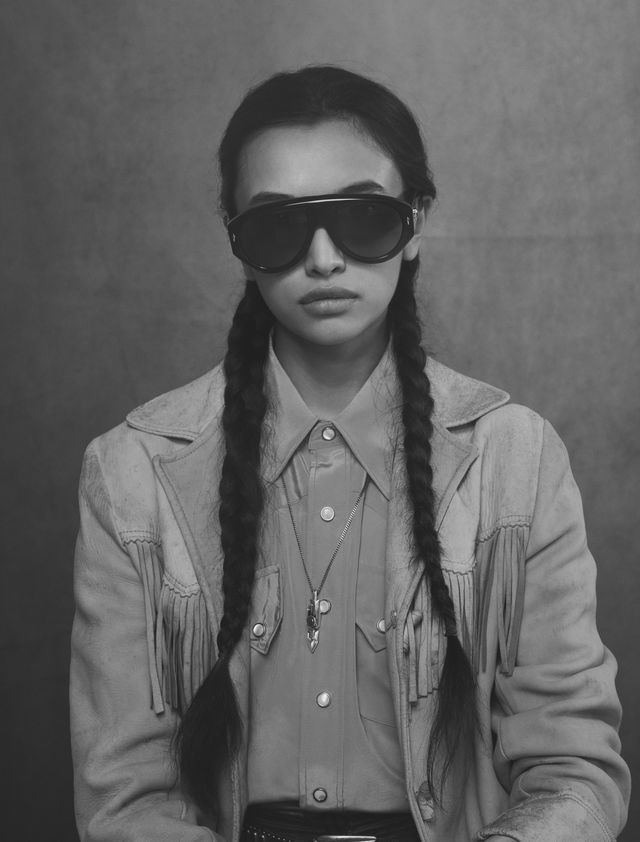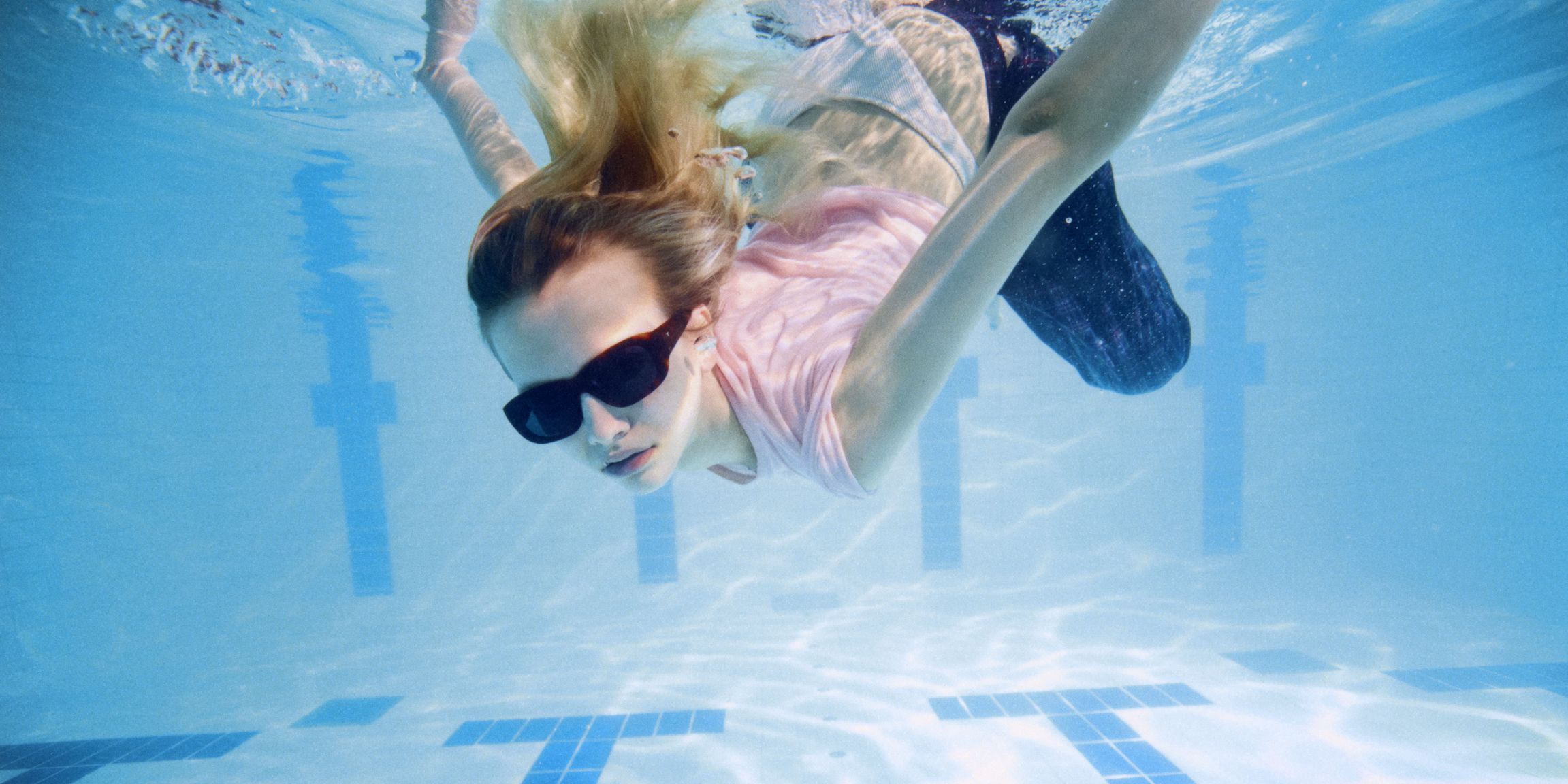No one needed to make sunglasses cool–it’s in their DNA. From Neo’s miniscule frames in The Matrix to Holly Golightly’s much-copied oversize pair in Breakfast at Tiffany’s, sunglasses have been used to both tell and hide our favorite stories. Often underrated but never overlooked, the glasses we wear live lives unique to their category. They see our best, sunniest days, our vacations, our commutes. They get lost, scratched, forgotten in cabs. More importantly, sunglasses project a story about us as wearers. You may not know what’s going on behind dark shades, but on the outside, they add confidence, mystery, and a casual allure. Now, a new crop of niche sunglasses brands are giving the accessory the potential to be an It item as well as a classic staple.
Maybe it’s thanks to the highly curated, incessantly recorded lives we lead today that attention to the most minute details is being paid, especially in our aesthetic identities. Sunglasses have always played an integral role in our style sensibilities, both culturally and individually, but recent years have seen a new emphasis on the accessory that expands beyond mega-brands simply adding it on as a product category. Yes, sunglasses are often seen as gateway purchases into the luxury market, more accessible than a designer handbag or ready-to-wear. But they’re also a functional product that smaller, independent brands, in their dedication to the seemingly small accessory, have elevated into a status symbol, a style statement, and at the very least, a more intentional purchase.
For cult-favorite companies like Jacques Marie Mage and Max Pittion, the story is what makes the style. The two brands are at the higher end of pricing in sunglasses, with some JMM styles reaching over $1K. Pairs are considered collectible items, given their limited-edition production batches, usually 500 frames or less. Wearers of Jacque Marie Mage’s frames, with inspirations ranging from Art Deco and Japanese New Wave to Hollywood and the American West, are often more than just customers, but fans. Experimenting is what makes JMM the taste-making brand it is today, with silhouettes both bold and classic, and materials ranging from titanium to their latest release of burlwood-imitating frames made with the brand’s signature cellulose acetate.
To recreate Max Pittion’s 1940s-era frames, priced at $795 each, sunglasses producer Tommy O’Gara, who’s also behind the niche luxury brands Native Sons and Sauvage, had manufacturers rebuild machines and used specifically skilled craftsmen to get the shape, colors, and even the brass hinges exact. The original brand closed in the ’70s, but O’Gara partnered with Bernard Pittion, the original designer’s son, to reinstate the French brand with Japanese technique. “We don’t need to sell everywhere,” said O’Gara in ELLE’s New York City office just before the city’s Vision Expo. With the launch of Max Pittion’s 100e collection, only 75 sets were made, with retailers required to buy the complete set. That means only 75 stores, eight in the U.S., carried the frames, and they weren’t sold online, so fans of the brand would have to search for the frames they wanted. That’s commitment.
Newer brands like Port Tanger, inspired by travel diaries in Tangier and specializing in contemporary design, have created their own worlds of niche design, at price points that are more accessible but still denote high quality and a unique identity. Elisa Johnson, the daughter of Magic Johnson, started her own sunglasses brand in 2021 and makes vintage-inspired frames look modern and, dare I say it, cool. “As I started to build a following on Instagram, I noticed more than anything an interest in where my sunglasses were from,” Johnson said. “With sunglasses, sources of inspiration are really limitless. I’ll often see a unique architectural building that inspires a frame design, or an interior color palette that inspires a lens and frame combination.”
Another brand, Thistles, founded in 2023 by stylist and photographer Thistle Brown, prioritizes timelessness over trendiness, while balancing consumer aspiration with familiarity. With simple, streamlined ’60s-meets-’90s styles, the brand’s design ethos stems from the town it started in: New York City. Contemporary yet classic, mysteriously main character, and just accessible enough to make you want more. “We live in a time where trends have a very short shelf life, and I wanted to create something that held a long-lasting and universal value to people,” Brown said. “I want people to feel like they have not only access, but also an invitation to be part of our world.” Perhaps that’s the allure of niche brands: an IYKYK community that transcends mainstream labels and purchasing power, in which the only requirement is cool factor.
A version of this article appears in the April 2024 issue of ELLE.









